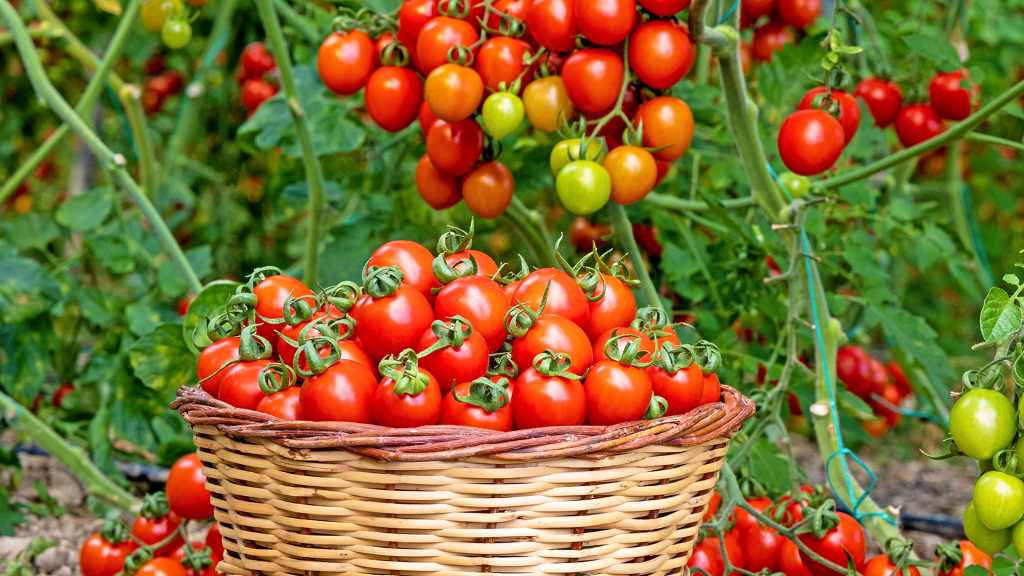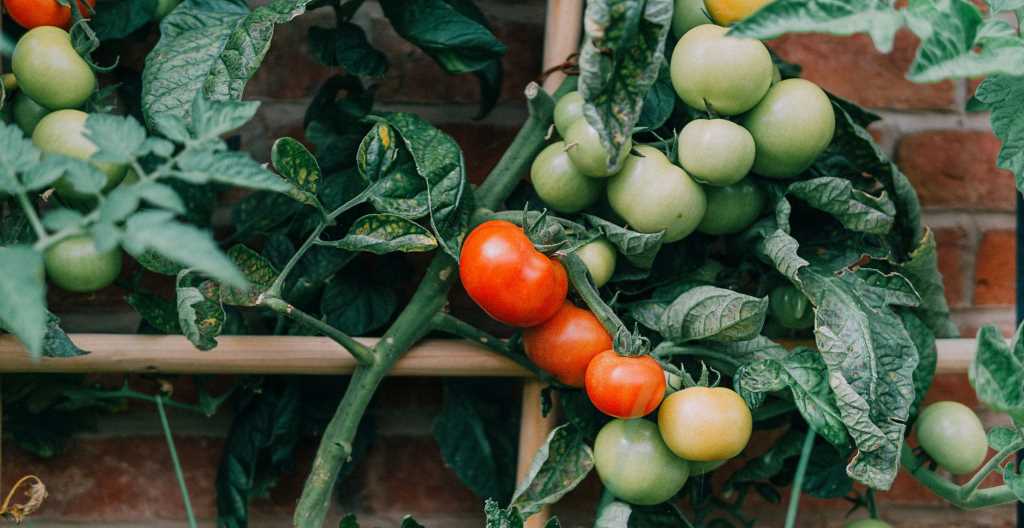The dream of every gardener is a bountiful harvest of juicy, homegrown fruits. However, achieving this dream requires more than just planting your favorite fruit trees or bushes. The timing of your fruit planting plays a crucial role in determining the success and yield of your fruit harvest. Just as knowing when to plant fruit trees is essential, understanding when do you plant roses can also significantly impact their blooming and overall health.
Understanding the Seasons: The Foundation of Successful Fruit Planting
Fruit trees and bushes have specific growing and fruiting cycles, often dictated by the changing seasons. Understanding these cycles is essential for knowing the best time to plant for optimal growth and fruit production.
- Spring: Spring is generally considered the ideal time to plant many fruit trees, such as apples, pears, and plums. The warming temperatures and increasing daylight hours encourage root development and establishment before the heat of summer arrives.
- Summer: Certain fruits, like figs and some berry bushes, can be planted in early summer. However, they may need extra attention and watering to thrive during the warmer months.
- Fall: Fall is a good time to plant some fruit trees, especially in regions with mild winters. The cooler temperatures and ample moisture allow the roots to establish before the tree goes dormant for the winter.
- Winter: In regions with mild winters, some fruit trees, like citrus, can be planted in late winter or early spring. However, it’s important to protect them from any late frosts.
Factors Influencing Planting Time: Going Beyond the Seasons
While the seasons provide a general guideline, several other factors influence the best time to plant your fruit trees and bushes:
- Your Local Climate: Your local climate and its specific variations in temperature and rainfall significantly impact the planting time. Consult local gardening resources or experts for recommendations specific to your region.
- Fruit Type: Different fruit types have different planting preferences. For instance, some fruits, like blueberries, require acidic soil, while others, like peaches, prefer well-draining soil. Research the specific needs of your chosen fruit varieties for optimal planting time.
- Tree or Bush Maturity: The maturity of your fruit tree or bush at the time of planting can influence its establishment and growth. Younger trees are generally more adaptable and easier to transplant, while older trees may require more care during the establishment period.
- Frost Risk: Frost can damage young fruit trees and bushes, especially during their early stages of growth. Consider the risk of late frosts in your region and adjust your planting time accordingly. If planting in fall or winter, be prepared to protect your plants from frost damage.
Consulting Local Experts: Your Key to a Successful Harvest
Local nurseries, gardening clubs, and extension services can provide valuable insights and recommendations on the best time to plant fruit trees and bushes in your specific region. They can offer guidance on specific varieties suitable for your climate, soil conditions, and frost risk, ensuring a successful and fruitful harvest.
Planting for the Future: Ensuring a Long-Term Harvest
While timing your fruit planting is essential, it’s equally important to provide adequate care and maintenance to ensure a long-term and bountiful harvest. Proper watering, fertilization, pruning, and pest management are crucial for the health and productivity of your fruit trees and bushes.
By considering the seasons, your local climate, the specific needs of your chosen fruit varieties, and consulting local fruit planting experts, you can maximize your chances of a bountiful harvest and enjoy the delicious fruits of your labor for years to come.
Let me know if you’d like any sections expanded or further refined!




Average Rating